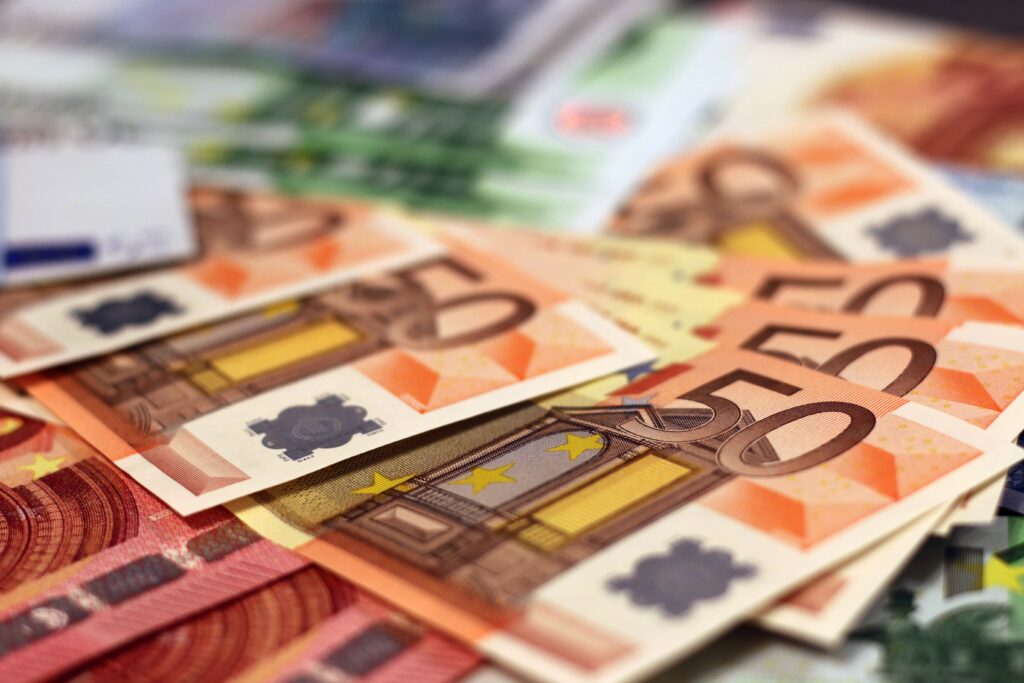In the global landscape of commerce and exchange, a new currency is emerging as a formidable force, one that doesn’t rely on precious metals or digital algorithms. This currency is none other than culture itself. Across the world, nations are discovering that their unique traditions and heritage hold a wealth far beyond monetary measures. In the delicate dance between economies and identities, culture has taken center stage as a pivotal player, shaping not only financial landscapes but also the very essence of who we are.
The Rise of Cultural Capital
In an age marked by rapid globalization and interconnectedness, cultures are no longer confined to geographical boundaries. They traverse borders and continents, enriching societies and economies along the way. This phenomenon has given birth to the concept of “cultural capital,” which refers to the inherent value embedded in a society’s cultural assets. From ancient art forms to culinary delights, from traditional craftsmanship to indigenous knowledge, the treasures of a culture hold a unique allure that transcends traditional economic measures.
For nations seeking to thrive in a fiercely competitive global economy, leveraging their cultural capital has become a strategic imperative. Take, for instance, the realm of tourism. Countries that showcase their rich cultural heritage attract millions of visitors, injecting a steady stream of revenue into their economies. The allure of exploring ancient temples, experiencing local festivals, and immersing oneself in traditional practices has transformed cultural tourism into a thriving industry, proving that culture can indeed be a lucrative form of currency.
Identity in the Modern World
Yet, the significance of culture goes beyond economic gains. It weaves the very fabric of our identities, providing a sense of belonging and purpose. In a world that sometimes feels overtaken by homogenization, preserving and celebrating one’s cultural heritage becomes an act of defiance against the erasure of uniqueness. As communities strive to define themselves in the face of globalization’s tidal wave, cultural traditions become a powerful medium through which a distinct identity can be communicated and upheld.
Traditions, whether they involve music, language, or rituals, serve as an anchor in the tumultuous seas of change. They offer a link to the past, a connection to ancestors, and a blueprint for the future. When these traditions are nurtured and promoted, they foster a sense of pride and unity among citizens. This collective identity, in turn, bolsters social cohesion and can even influence consumer behavior, driving demand for products and services that align with cultural values.
The Collaborative Advantage
Perhaps one of the most remarkable aspects of culture as currency is its ability to bridge divides and foster cooperation. In an increasingly interconnected world, nations are recognizing that collaboration centered around shared traditions can lead to mutual benefits. Cultural exchanges, festivals, and joint heritage conservation projects not only promote goodwill but also stimulate economic growth by attracting international investment and fostering cross-cultural trade.
A shining example of this collaborative advantage can be witnessed in the realm of gastronomy. As culinary traditions transcend borders, a nation’s cuisine becomes a gateway to its culture. Collaborative efforts to promote and preserve traditional food practices can lead to the creation of niche markets, boosting local economies and creating sustainable livelihoods. The exchange of culinary knowledge and techniques between cultures not only stimulates trade but also fosters mutual understanding and appreciation.
Balancing Modernization and Preservation
While culture undoubtedly holds immense potential as currency, striking a delicate balance between modernization and preservation remains a critical challenge. As societies evolve and technology reshapes every aspect of human existence, the risk of cultural dilution looms large. It becomes imperative, then, to harness the power of culture while safeguarding it from commodification and distortion.
Governments, communities, and individuals must work hand in hand to devise strategies that promote cultural sustainability. This involves investing in education and mentorship programs to ensure the transmission of traditional knowledge to future generations. It also requires the creation of policies that safeguard cultural expressions and protect indigenous practices from exploitation.
In conclusion, culture has emerged as a dynamic and multifaceted form of currency that influences economies, identities, and relationships on a global scale. As nations recognize the immense value of their cultural assets, they are poised to harness this currency for both economic prosperity and the preservation of their unique identities. Striking the right balance between modernization and preservation will be the key to unlocking culture’s full potential, ensuring that it continues to enrich societies and economies for generations to come.










